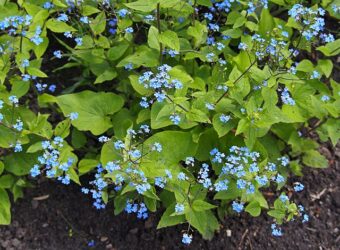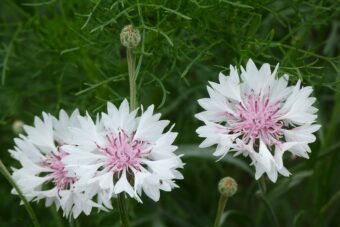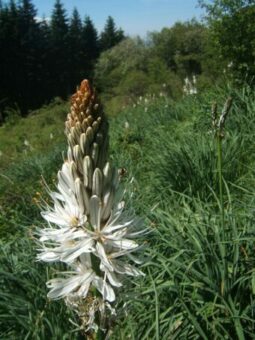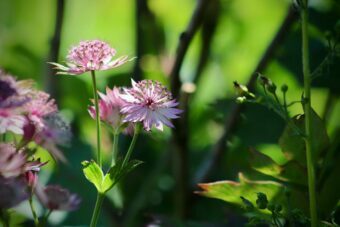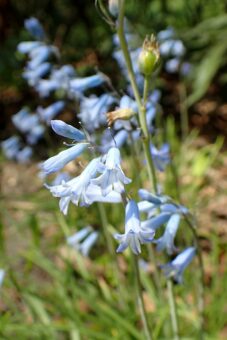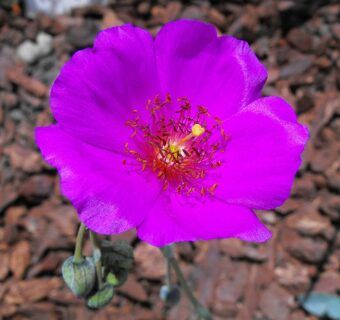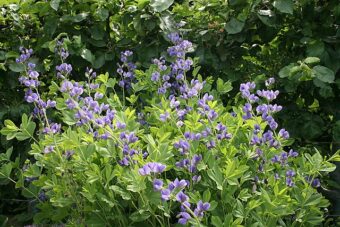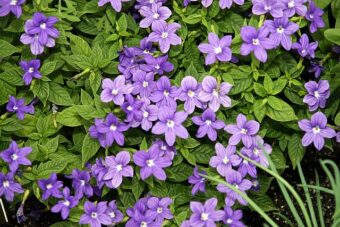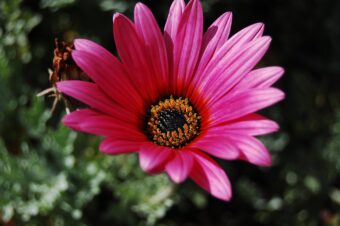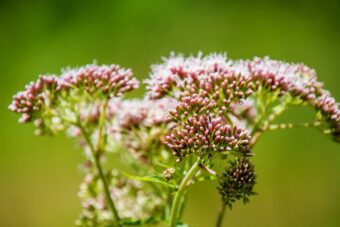In this article, we will discuss how to grow the border perennial Brunnera in containers. Brunnera is the only species of Brunnera that belongs to the genus of Boraginaceae (the Borage or forget-me-not family).
It is a rhizomatous perennial that is native to the woodlands of Eastern Europe and West Asia.
It has the reputation of being easy to grow, thriving in any conditions as long as it is not too dry. If you look at them they look at first glance like a giant forget-me-not -a Myopsis and hence its common name. No matter what, it is a great …

